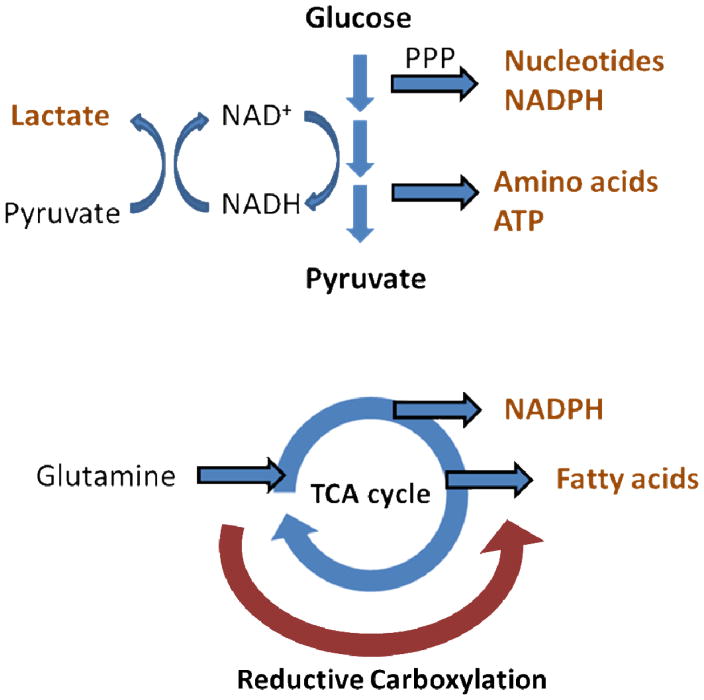Figure 1.3. Metabolic alterations in cancers.
Many cancers have increased glycolysis for ATP production and amino acid synthesis, and elevated metabolic flux to pentose phosphate pathway (PPP) for NADPH production and nucleotide synthesis. Pyruvate is converted to lactate for NAD+ regeneration to maintain glycolytic flux. Many cancers also rely on glutamine metabolism which replenishes the TCA cycle intermediates and further leads to NADPH production and fatty acid synthesis. Reductive carboxylation allows the use of glutamine for fatty acid synthesis and other metabolic needs even in the presence of hypoxia or mitochondrial dysfunction.

